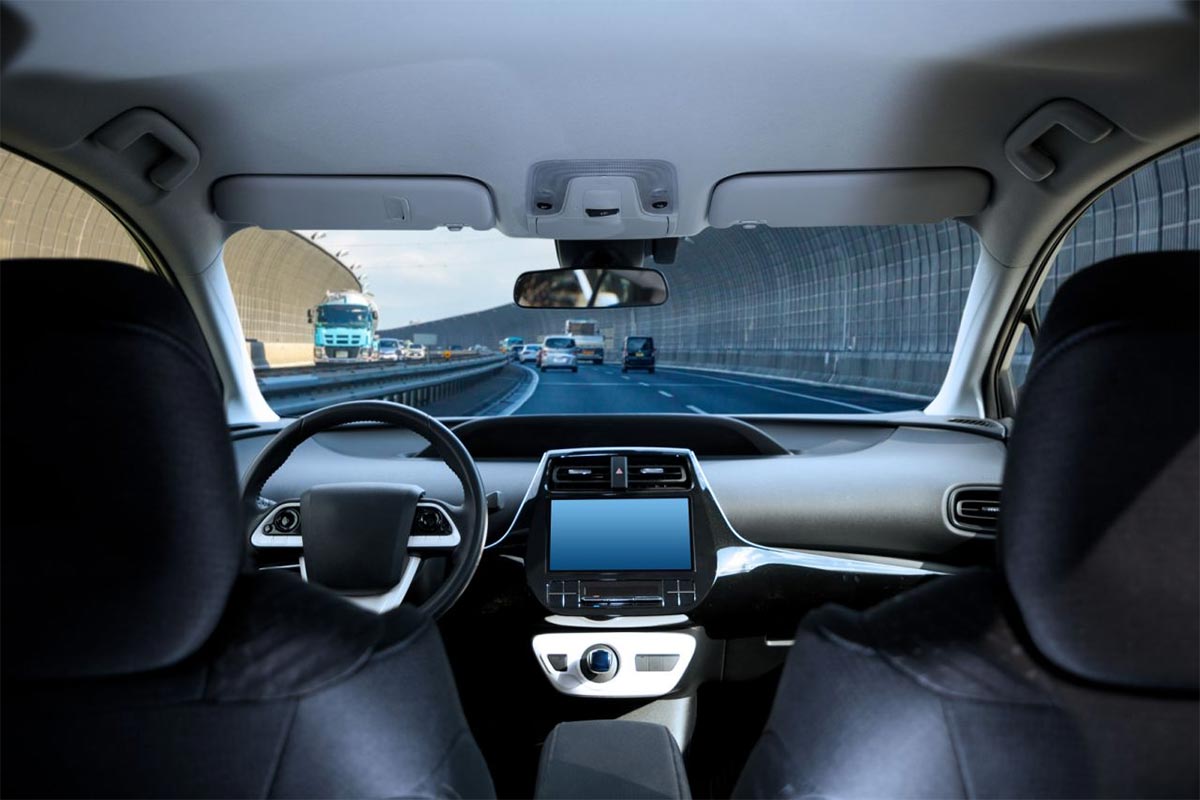Self-driving cars have been in development for a number of years. With issues arising around safety and usability, fully autonomous vehicles have not been released to the public – until now. Experts predict that we could see self-driving cars on Britain’s roads as early as 2021. In this article, used Volvo Xc40 dealership Motorparks take a look at the future of self-driving vehicles.
Developing autonomous tech
Autonomous tech has been used to improve driving safety for a number of years. For example cruise control, surprisingly developed way back in 1948 and introduced to vehicles in 1958, has allowed us to give our feet a rest from the pedals while sticking to a continuous speed, there has been many more inventions that have paved the way for fully autonomous vehicles.
Gadgets like lane keeping systems help drivers to stay within their own lanes if they start to accidentally drift over on the motorway. However, if the lines aren’t clearly visible — either due to weather conditions or poor markings — the system will not work. Although this may be the case, and this system still requires driver interaction, it visibly shows the capabilities we have in allowing the cars to do the work for us. As well as this, many cars now have Auto Emergency Braking (AEB). This is a feature that can detect objects in your path and alert you to any immediate crash hazards, scanning up to 200 metres ahead. Research in 2015 found that cars with this system were 38% less likely to collide with a vehicle in front of them, while other findings have revealed that AEB can cause a huge reduction in fatal and injury crashes.
All of these technologies do still require human interaction in order to work, but it goes to show just how far driving technology has come. For vehicles to become fully autonomous, they will have to include cloud-based networking and connectivity. This will allow them to learn from other vehicles and enable them to make on-road adjustments due to shifting conditions and detours. Central to making sure that our self-driving cars are able to quickly and automatically adapt to the on-going surrounding scenarios are advanced algorithms, AI and deep learning systems.
Public perceptions
Safety concerns are probably one of the top reasons for people’s distrust of fully autonomous vehicles. In 2018. Google subsidiary, Waymo, launched a self-driving robotaxi service in Phoenix, Arizona. The UK’s government is also moving forward with trialling several schemes. It was announced in February that a process is being developed to support advanced trials, but they will not be supported if rigorous safety assessments haven’t been passed first. These assessments were first laid out in 2015 in the ‘code of practice’. This means that automated vehicle trials will be possible on any road in the UK, so long as the tests are compliant with UK law and have a remote driver present.
Whilst these tests have not been extensively carried out at the moment, they are set to increase in the near future. The Department of Transport (DoT) revealed its belief that testing on a large scale could happen sooner than expected and shortly the need for a human to sit behind the wheel won’t be necessary, as they think the UK’s tech is very advanced when it comes to autonomous vehicles.
The advanced driverless trials that will be on the UK’s roads later this year are another stepping stone in helping the government hit its commitments to having self-driving cars on the road by 2021. The UK’s automotive minister, Richard Harrington, said: “We need to ensure we take the public with us as we move towards having self-driving cars on our roads by 2021. The update to the code of practice will provide clearer guidance to those looking to carry out trials on public roads.”
When it comes to self-driving cars, one of the biggest concerns is whether they will be gas powered, fully electric, or hybrid. Experts have predicted that gas-powered autonomous vehicles could have considerable environmental impact, causing emissions to rise by almost 200 percent. For this reason, self-driving vehicles are likely to be all-electric. If their use becomes widespread, it will completely revolutionise the automotive industry and greatly benefit the environment. Luckily, an increase in EV charging services from suppliers such as Northern Powergrid and the widespread availability of charging points has meant that the market looks set to take off in the UK.
It is obvious that the car industry is undergoing a period of rapid change. With self-driving cars getting ever closer and the government’s ban on new petrol and diesel models in the not-too-distant future, it’s an exciting time for the automotive industry as we know it.
You are reading The future of self-driving cars


